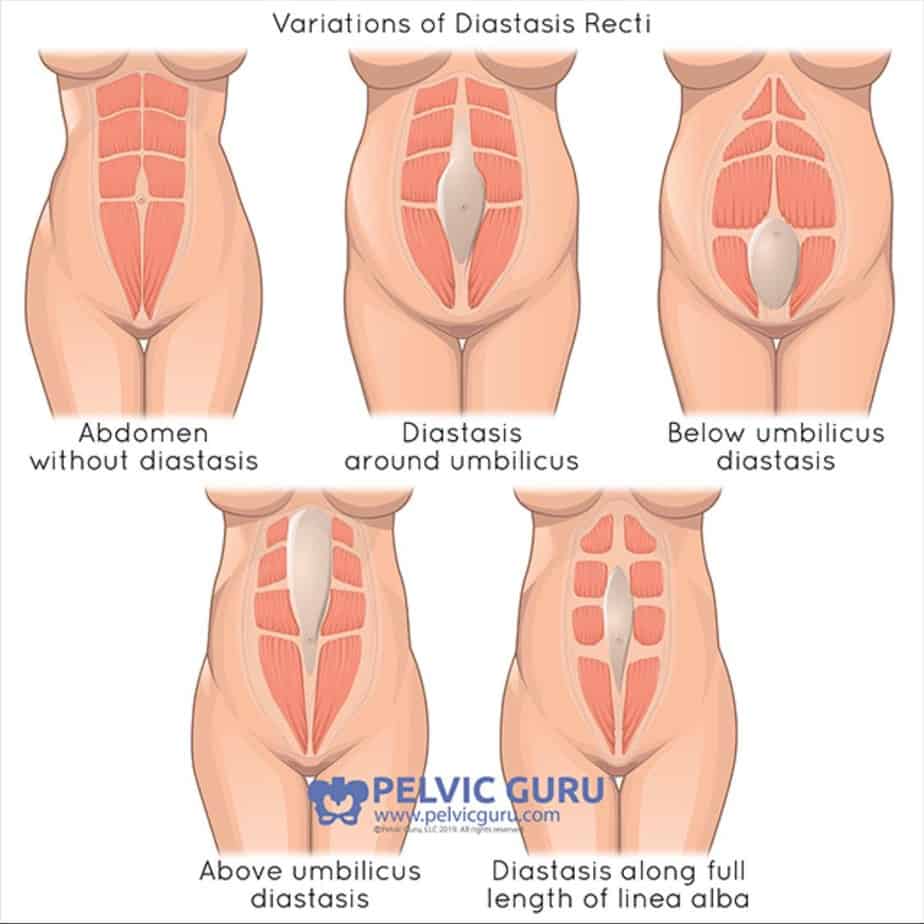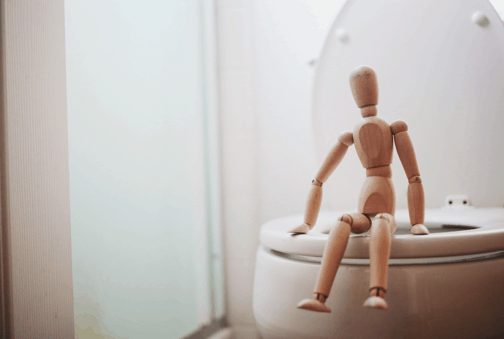March is Endo Awareness Month

According to the World Health Organization, endometriosis (endo) affects 10% of reproductive age women between the ages of 15 to 49. More than 50% of women with endometriosis experience pain during and after vaginal penetration. It can start as early as the onset of menses and may not even resolve with menopause. In this condition, endometrial-like tissue grows outside of the uterus, such as the ovaries, intestines, and in the tissues lining the pelvis. However, in some cases, this tissue can also grow outside of the pelvis as well.
Causes of Endo
The cause of endometriosis is unknown, but it can be linked to high levels of estrogen and low levels of testosterone. This can result in the endometrial-like tissue growing and thickening, causing local inflammation and forming adhesions. Adhesions vary in appearances from thin, filmy and transparent to thick, dense, and opaque. They can cause pain and affect day-to-day function. To date, there is no way of preventing adhesions.
Another possible cause of endometriosis is genetic. It is likely that women can have a genetic predisposition in developing endometriosis if their mother and/or sister(s) are also affected. Age when the menstrual period starts, other gynecologic factors, and environmental toxins may also influence whether a woman is affected. Some studies have also linked the presence of endometriosis with the development of ovarian cancer; however, the association is not definitive and the risk is exceedingly low.
Symptoms of endometriosis include:
- pelvic pain
- painful periods
- low back and/or abdominal pain
- pain after sex
- discomfort with bowel movements
- abdominal bloating
- diarrhea or constipation
- fatigue
How Can PT Help Endo?
Body Harmony PT offers one-on-one treatment for up to one hour in private treatment rooms. During the evaluation, the muscles of the pelvic floor, as well as the abdomen, low back, and thighs, will be assessed for any tight or tender points or weakness.
Physical therapy treatment options may include:
- Myofascial manual therapy/Visceral Manipulation to improve connective tissue mobility and organ function
- Pelvic floor muscle lengthening through internal trigger point release to improve bowel, bladder and sexual function
- Stretching and Flexibility exercises
- Relaxation exercises
Manual therapy can assist with reducing tightness within the pelvis. It also can aid in releasing scar tissue and adhesions, which is common with endometriosis. Sometimes these lesions distort in internal structure/makeup of the pelvic organs.
We offer a quick call back option for individuals that would like to briefly speak to a pelvic health physical therapist.







